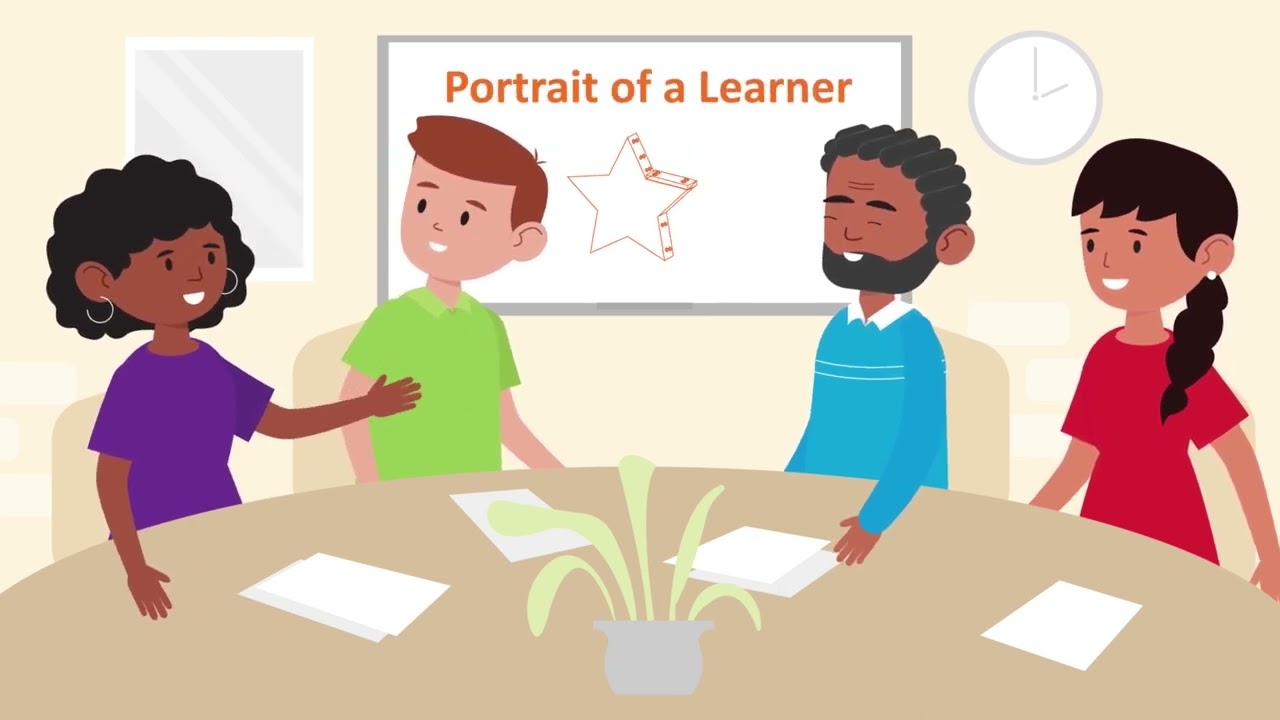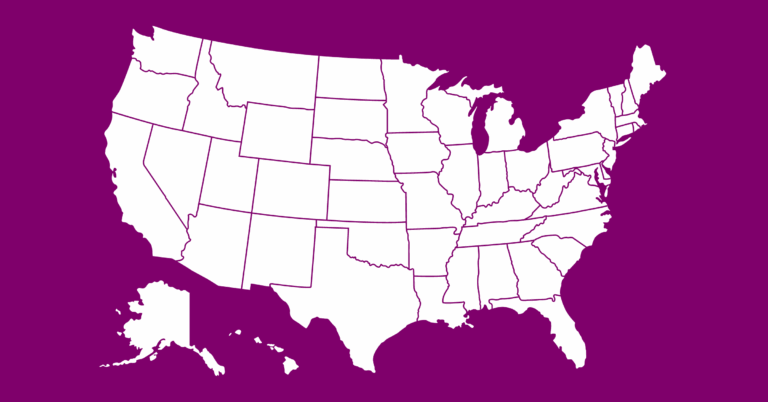In order for personalized learning to thrive, we must assess the education landscape, name the negative forces that impede our progress and leverage the many positive forces at work. KnowledgeWorks tapped into the minds of educators across the country to bring you this list of positive and negative influences that are posed to help or hinder personalized learning success.
Positive forces that encourage personalized learning
- Educators: Educators want their students to succeed and to have agency. They want to offer a learning environment for their students that includes authentic relationships and multiple ways to demonstrate knowledge.
- Changing World: Our rapidly changing world is driving innovation and we can no longer ignore the fact that children have different learning needs.
- Interdisciplinary Learning: Cross-curricular instruction, that incorporates multiple disciplines into lessons and activities, like STEAM and project-based learning, are just a few examples of interdisciplinary learning that prioritizes competency and critical thinking over seat time.
- Technology: Technology is changing the way we “do business.” Learning resources are becoming plentiful more and accessible, and teachers are utilizing these new assets to better meet the needs of learners. Technology is also helping to transform how we monitor and measure progress toward individual learning goals.
The negative forces that can inhibit personalized learning
- Traditional Structures: Many of the structures that exist today are outdated and no longer make sense. Some examples include accountability structures, funding formulas and resource allocation. Additionally, the highly structured school schedule, found in traditional learning environments, can be a barrier to personalized learning.
- Capacity Constraints: Change is hard no matter what profession you are in. Teachers are aware of the time and collaboration that is needed to create tiered learning resources and a personalized learning approach. Lack of personalized professional development and capacity constraints present a significant hurdle to those looking to create personalized learning environments.
- Lack of Shared Vision: Creating a shared vision unifies a learning community around a common purpose and creates shared ownership through collective decision-making and accountability. Without it, there is often lack of alignment, commitment and coherence. It takes a lot of effort to create community support and transparency. Because there are often politics to navigate, districts leadership must be equipped and dedicated to idea of creating change. Without the perseverance of leadership, systems change is unlikely.

Interested in exploring personalized learning and connecting with educators across the country that are implementing learner-centered strategies in their classrooms?




